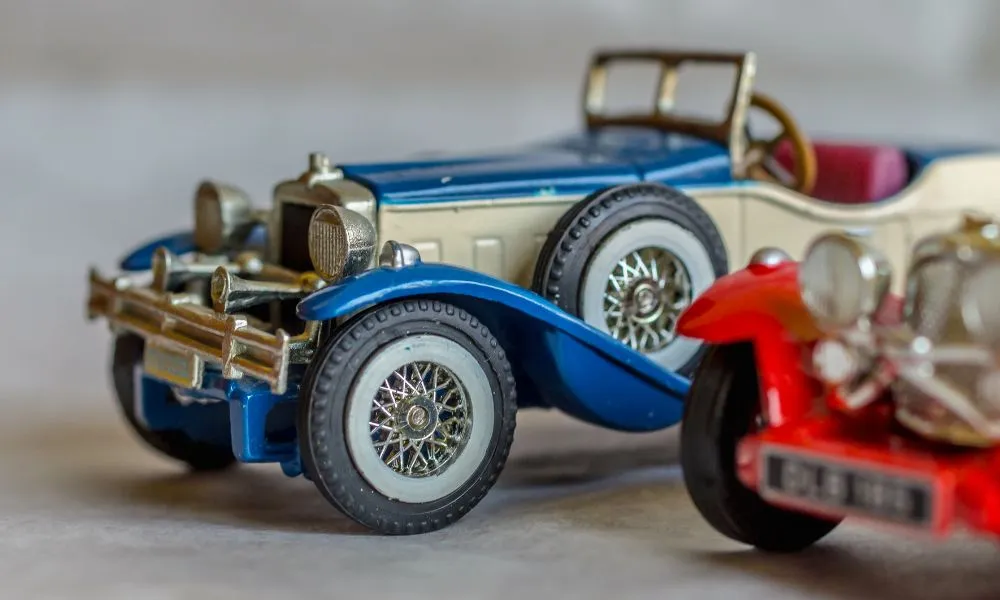What is Diecast Car Modification
Diecast car modification is the art of transforming pre-made, miniature vehicles into personalized masterpieces. It’s a hobby that combines craftsmanship, creativity, and a passion for automobiles. Modifying a diecast car involves taking a standard model and altering it to achieve a unique look, replicating a specific real-world car, or simply expressing one’s individual style. This can range from simple cosmetic changes to complex mechanical overhauls, offering a rewarding experience for enthusiasts of all skill levels. The beauty of this hobby is that it allows you to create something truly unique and personalized, reflecting your interests and creativity.
Benefits of Modifying Diecast Cars
The advantages of diecast car modification extend beyond aesthetics. It’s a fantastic way to develop and enhance practical skills. The detailed work involved in disassembly, painting, and reassembly fosters patience, precision, and attention to detail. This hobby is also a great avenue for creative expression, allowing individuals to experiment with colors, designs, and techniques. Moreover, it can be a surprisingly social hobby. Online forums, local clubs, and meetups provide opportunities to connect with other enthusiasts, share ideas, and learn from each other. Modifying diecast cars is a relatively affordable hobby, offering a satisfying sense of accomplishment without requiring a significant financial investment.
Choosing the Right Diecast Car for Modification
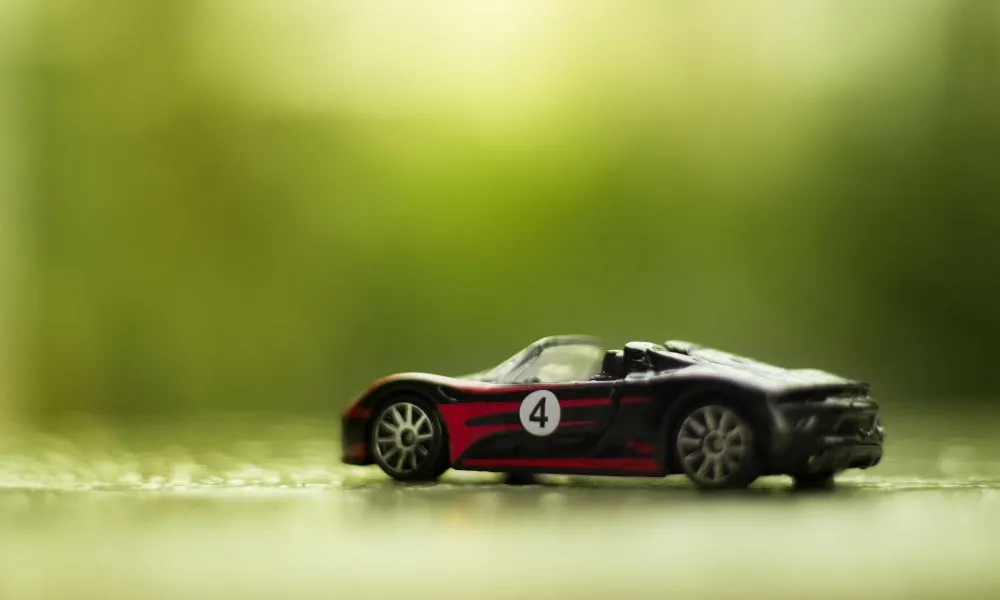
The choice of diecast car is fundamental to a successful modification project. Beginners should consider starting with a model that is readily available and reasonably priced. This allows for experimentation without the fear of ruining a valuable piece. Popular scales for modification include 1/18, 1/24, and 1/64, with 1/24 being a good starting point due to its balance of detail and manageability. Look for models with good detailing and a solid construction, as these are easier to work with and provide better results. Consider the availability of replacement parts and aftermarket accessories, as these can greatly enhance your modification possibilities. Ultimately, the ideal diecast car for modification is one that sparks your interest and aligns with your vision for the final result.
Factors to Consider
Several factors should be considered when selecting a diecast car for modification. The scale of the model will dictate the level of detail achievable and the complexity of the modifications. The material of the car’s body and chassis will affect how easily it can be disassembled, painted, and modified. The original detailing of the model will influence the amount of work required to achieve the desired outcome. The availability of aftermarket parts, such as wheels, tires, and decals, can expand the possibilities for customization. The overall build quality and potential for customization should be carefully assessed to ensure that the chosen model is suitable for your project.
Tools and Materials You’ll Need
Having the right tools and materials is essential for successful diecast car modification. Investing in quality tools from the start can save time and frustration. It’s also crucial to use appropriate materials to ensure a high-quality finish and durability. The cost of these tools and materials can vary, so it’s wise to start with the basics and gradually add to your collection as your skills and projects become more advanced. Proper preparation, meticulous execution, and the use of quality materials are the keys to a professional-looking result. Make sure to work in a well-ventilated area and wear appropriate safety gear, such as eye protection and a dust mask, especially when sanding or painting.
Basic Tools
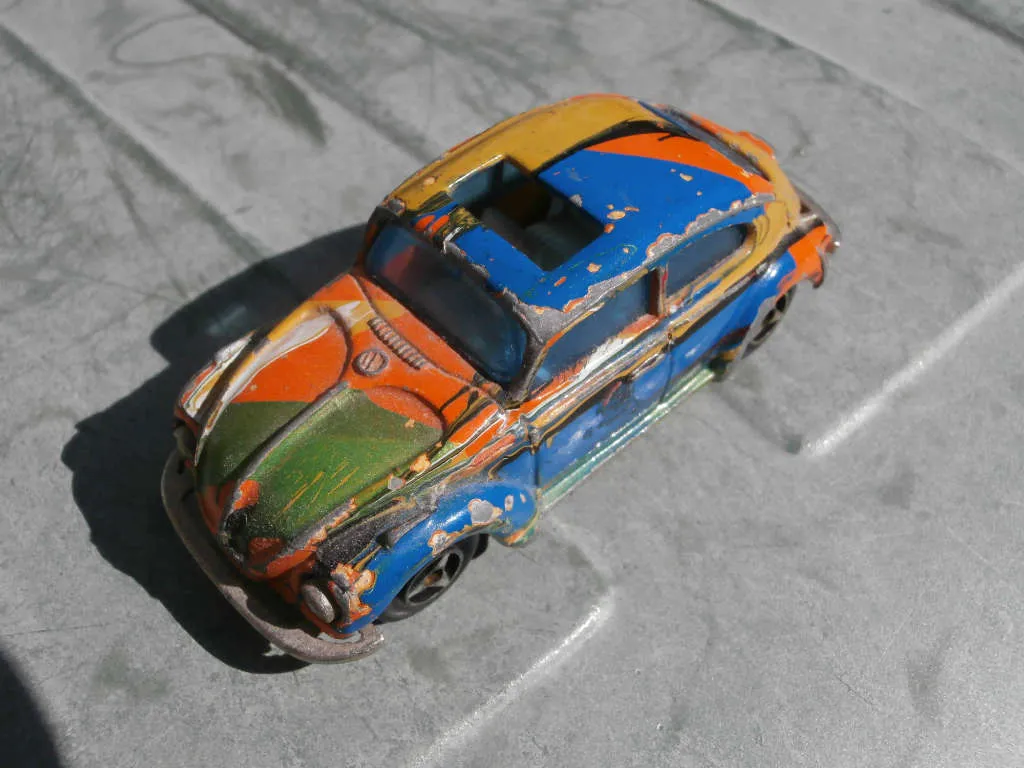
A basic toolkit should include a set of small screwdrivers (Phillips head and flathead), hobby knives or a craft knife, pliers, tweezers, and sandpaper in various grits. You will also need a cutting mat to protect your work surface. A small drill with various drill bits is useful for making holes. These tools will be used for disassembling the model, removing parts, and preparing the surfaces for modification. A magnifying glass can be helpful for detailed work. It’s wise to start with basic tools and gradually add to your collection as you become more experienced and tackle more complex modifications. Quality tools may cost more upfront, but can provide better results and longevity.
Advanced Tools
As you advance, consider adding more specialized tools to your arsenal. This could include a rotary tool (such as a Dremel) with various attachments for cutting, sanding, and polishing, a miniature airbrush and compressor for painting, and a heat gun or hairdryer for removing decals and softening plastic. A pin vise is useful for holding small drill bits and creating precise holes. A set of calipers can help in accurate measurements. A workbench with a good lighting setup, and a parts organizer to keep your screws and small parts organized is always important. These advanced tools will enhance your ability to perform more intricate modifications.
Materials
The materials you use are just as important as the tools. High-quality paints specifically designed for models are a must, as are paint thinners and primers. Acrylic paints are often preferred because they are easy to work with and clean up. Super glue and epoxy are essential for bonding parts together. Model putty or filler is useful for filling gaps and imperfections. Decals and detail parts, such as photo-etched parts, are crucial for adding realism. Additional materials may include masking tape, clear coats for protection, and various types of plastic or metal sheet for making custom parts. Always select materials that are compatible with the model’s materials and your chosen techniques.
Step-by-Step Guide to Modifying a Diecast Car
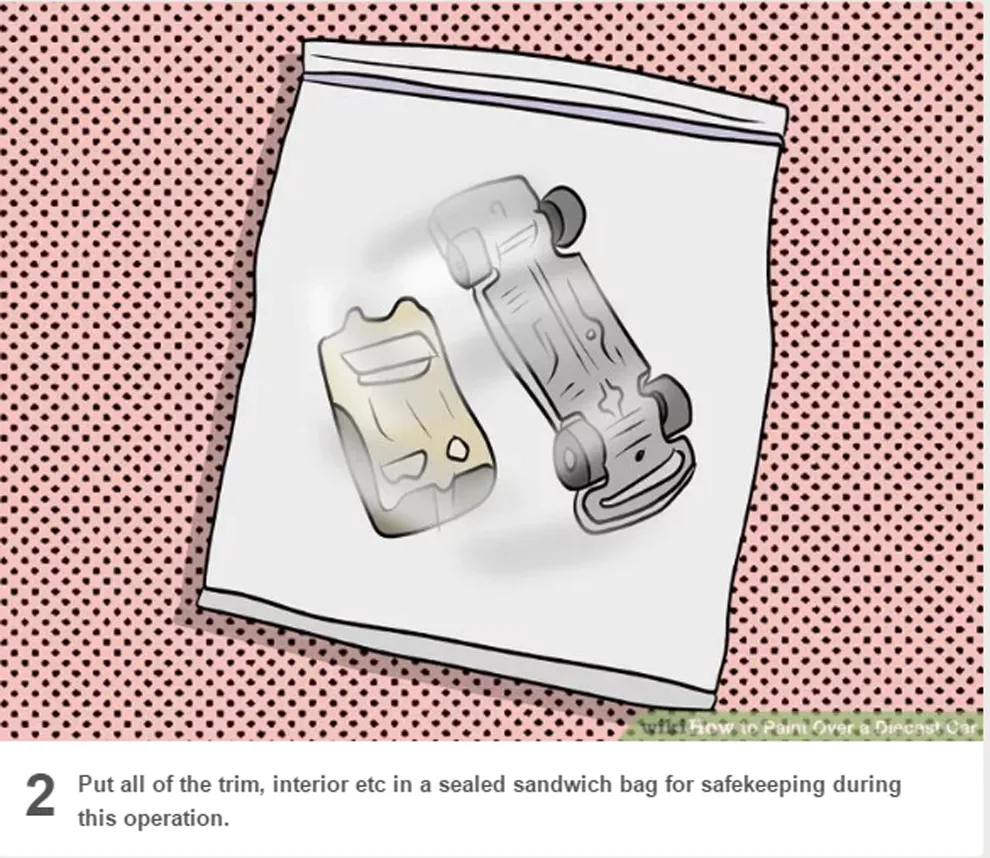
Modifying a diecast car can be broken down into several key steps. Proper preparation, careful execution, and patience are essential throughout the process. Each step builds upon the previous one, so it’s crucial to follow the order and pay attention to detail to achieve the best results. The first project can be a bit overwhelming. Start simple, and don’t be afraid to make mistakes. There are plenty of online resources, including tutorials and forums, to help you learn and refine your techniques. As you gain experience, you’ll develop your own style and methods for customizing diecast cars.
Disassembly Process
The disassembly process is the foundation of most modifications. Begin by carefully removing all the components you wish to modify. This includes unscrewing the chassis, removing the interior, and detaching the wheels. Use the appropriate screwdrivers and tools to avoid stripping screws or damaging parts. Document the disassembly process with photos or notes to help with reassembly. Keep all the screws and small parts organized in labeled containers to prevent loss. Some models may have glue or adhesive holding parts together; use a hobby knife to carefully separate these. Patience and a methodical approach are key to avoiding damage during disassembly.
Preparing the Car for Modifications
Once disassembled, thoroughly prepare the car for modification. This includes cleaning the body and removing any existing paint or detailing. Gently sand the surfaces to create a smooth base for painting and to allow the new paint to adhere properly. Fill any gaps, imperfections, or unwanted details with model putty, and then sand them flush. Clean the model again to remove any sanding dust or debris. Mask off areas that you don’t want to paint. The quality of the preparation will directly impact the final result; so take your time and be thorough. Use a primer to ensure that your final paint job has a good finish and adheres well.
Painting and Detailing
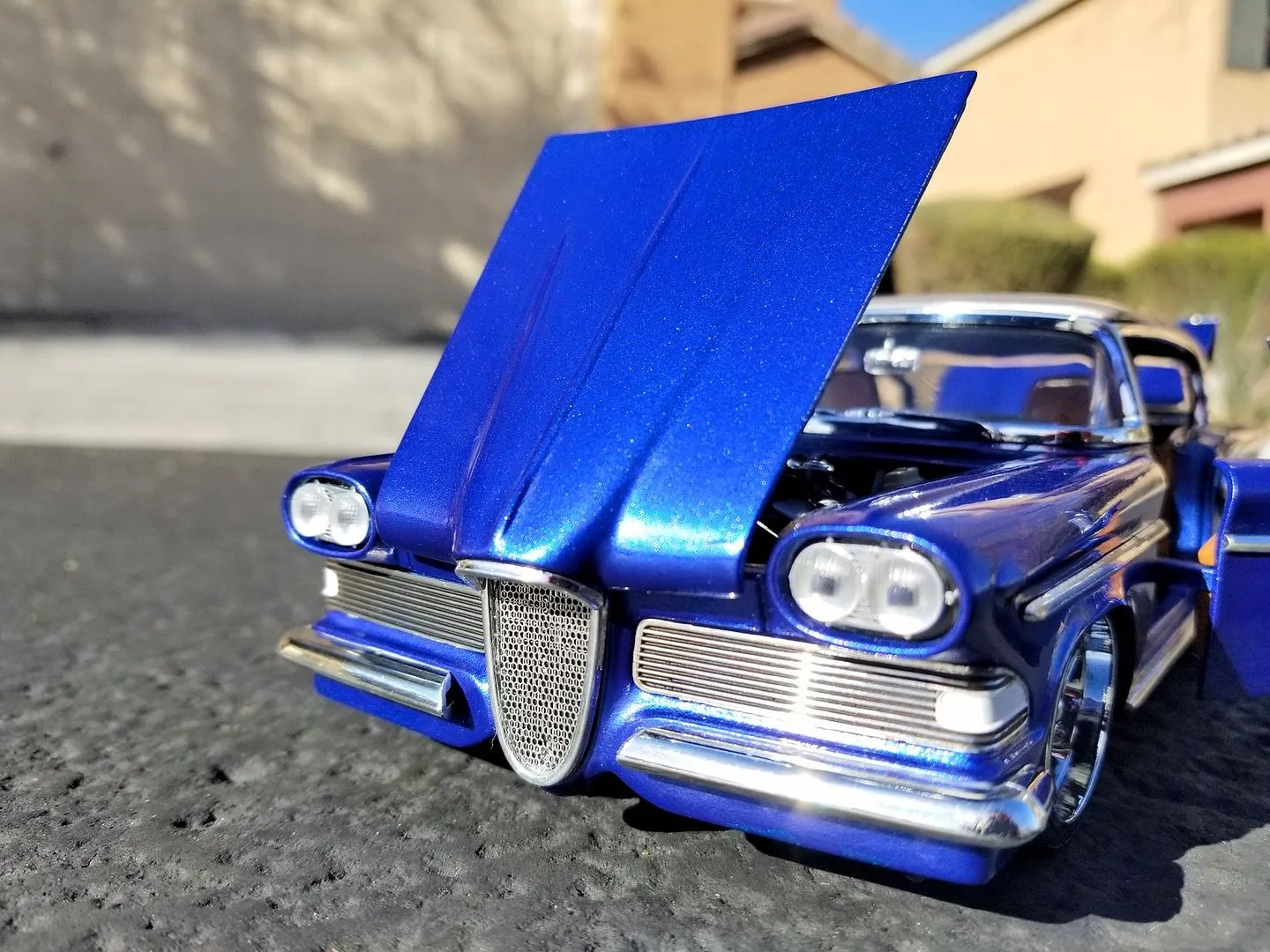
Painting is a key step in bringing your vision to life. Use an airbrush, if available, for a smooth, even finish. If not, high-quality spray paints can also be used. Apply multiple thin coats of paint, allowing each coat to dry completely before applying the next. This minimizes runs and ensures a professional appearance. Detail the car using small brushes, fine-tipped pens, or decals to add realistic elements like emblems, stripes, and trim. After the paint has dried, apply a clear coat to protect the finish and add a glossy or matte sheen, depending on your preference. Precision and patience are crucial during the painting and detailing processes. Make sure you work in a well-ventilated area and use appropriate safety gear.
Modifying the Wheels and Suspension
Changing the wheels and suspension is a common modification to alter the car’s stance and overall appearance. You can swap out the stock wheels for aftermarket sets that offer a variety of styles and sizes. Adjust the ride height by modifying the suspension components, such as the springs or axles. This can involve cutting or replacing these parts to achieve the desired look. Custom wheel swaps and suspension modifications require careful planning and execution. Ensure that the new wheels and suspension components fit properly and don’t interfere with the car’s movement. Experiment with different ride heights and wheel combinations to find the perfect setup for your modified diecast car. These modifications can significantly change the overall aesthetic of the car, making it more visually appealing.
Reassembly
Reassembly is the final step, bringing all the modified parts together. Carefully put the car back together, using the documentation and photos you created during the disassembly process as a guide. Ensure that all parts fit correctly and that all screws are tightened properly. Take your time and double-check each step to avoid any errors. Before completely reassembling the model, test the wheels to ensure they turn freely. Assembling can be a challenging step, but with the right attitude and attention to detail you can make it work. This will give you the satisfaction of bringing your custom creation to life. Your attention to detail will determine the quality of the final look.
Advanced Modification Techniques
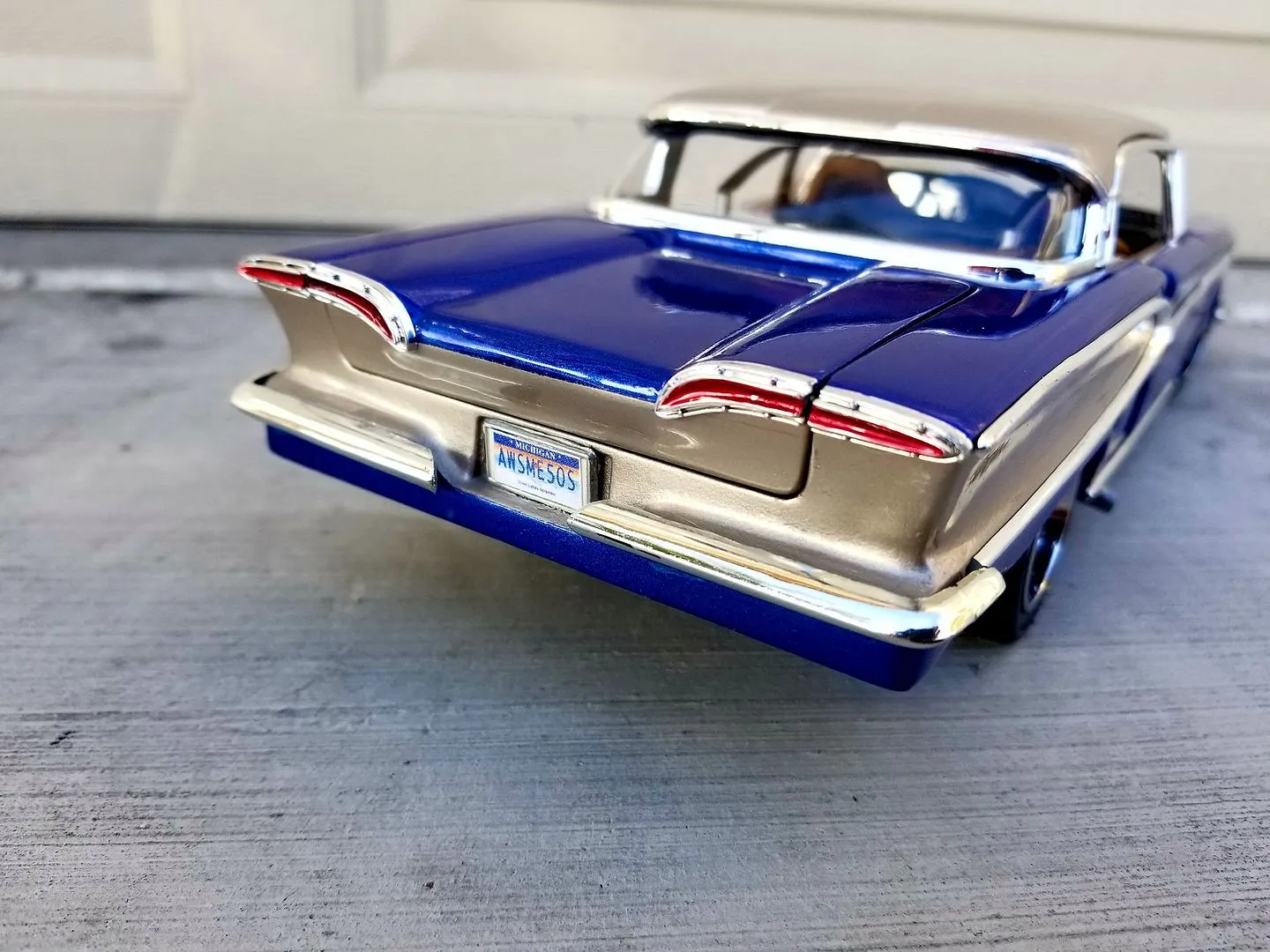
As you become more experienced, you can explore more advanced modification techniques. These techniques can take your projects to the next level. This will allow you to create unique and sophisticated models. These advanced modifications require a greater level of skill and precision, but they open up endless possibilities for customization. If you feel up to the challenge, you can delve deeper into the hobby.
Engine Swaps
Engine swaps involve replacing the original engine with a different one, often to replicate a specific car or add detail. This requires modifying the engine bay to accommodate the new engine, as well as fabricating any necessary mounts. Engine swaps can significantly enhance the realism of your model. This is a complex modification that requires a good understanding of model engineering and a high level of precision. Sourcing the correct engine and properly fitting it can be a rewarding challenge for experienced modders.
Interior Customization
Interior customization involves detailing and modifying the car’s interior. You can add custom seats, dashboards, and steering wheels. You can also create custom floor mats and other interior features. This can significantly enhance the realism of your model. Painting, adding details, and incorporating custom-made parts are all part of the process. This level of detail can greatly elevate the visual appeal of your model. Modifying the interior involves detailed work and requires precision, but can significantly boost the final look of your model car.
External Body Modifications
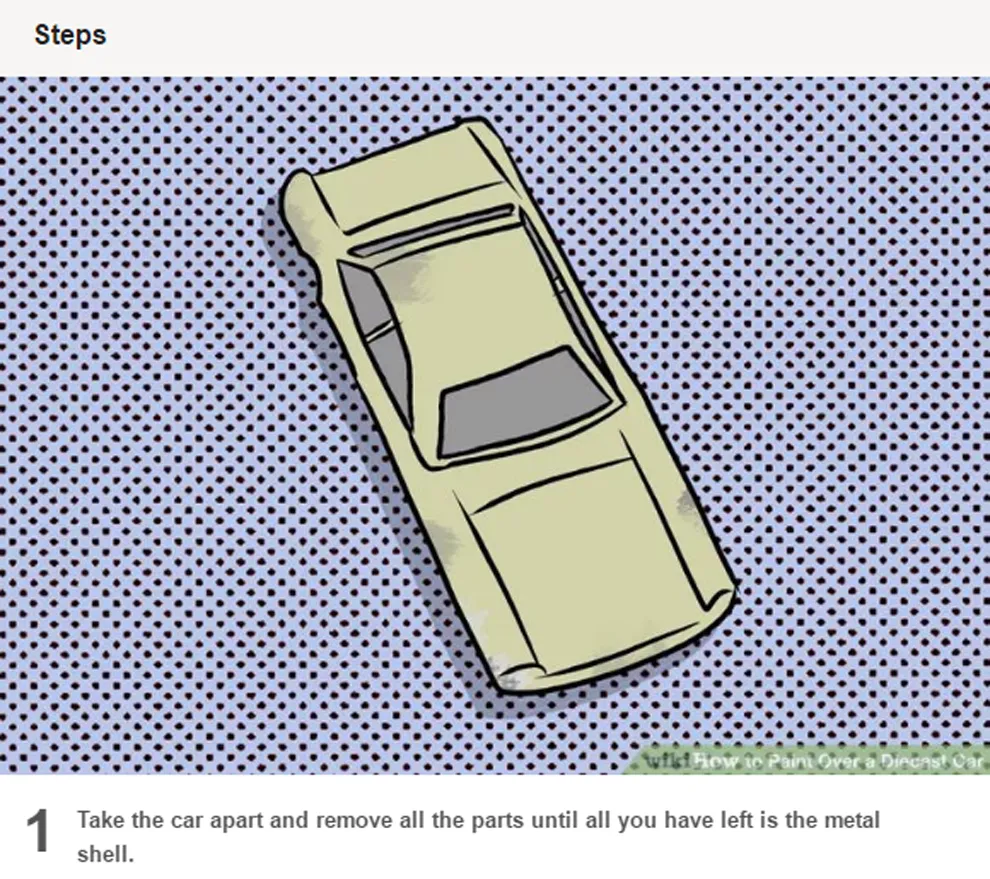
External body modifications involve altering the car’s exterior. You can add custom body kits, spoilers, and other aerodynamic components. This could involve cutting, sanding, and reshaping the existing body panels, or fabricating entirely new parts from scratch. Adding custom decals and paint schemes is also part of external body modifications. This requires careful planning and precise execution. These modifications can completely transform the appearance of a model, but may require advanced techniques.
Safety Precautions
Safety should always be a top priority when modifying diecast cars. Work in a well-ventilated area to avoid inhaling paint fumes and other harmful particles. Wear a respirator or dust mask when sanding, painting, or using any potentially hazardous materials. Protect your eyes with safety glasses. Use gloves to protect your hands. Always handle sharp tools and chemicals with care, and keep them out of reach of children and pets. Take breaks when working for extended periods to avoid eye strain and fatigue. By following these safety precautions, you can enjoy the hobby while minimizing the risks.
Common Mistakes to Avoid
There are some common mistakes that beginners should strive to avoid. Rushing the process is a frequent mistake. Take your time and do each step carefully. Skipping preparation steps, such as sanding or priming, can lead to poor paint adhesion and an uneven finish. Using the wrong tools or materials can cause damage to the model. Using too much paint can lead to runs and drips. Always plan and test your techniques before applying them to the finished product. Neglecting safety precautions can result in injury or health problems. By avoiding these common mistakes, you can greatly increase your chances of success and enjoyment.
Resources and Further Learning
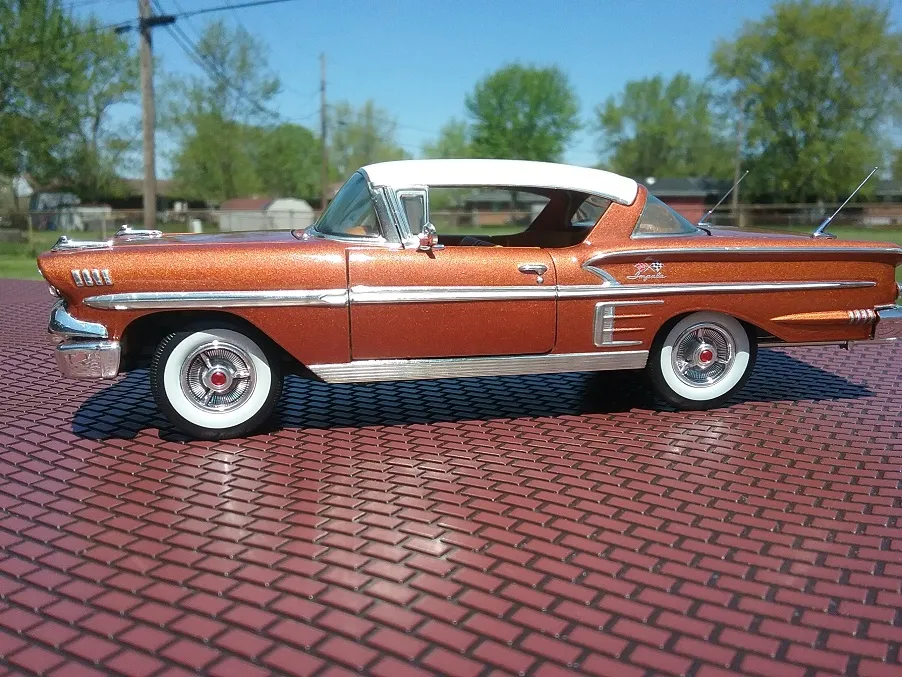
There are many resources available to help you learn and improve your diecast car modification skills. Online forums and communities are excellent places to connect with other enthusiasts, ask questions, and share your work. YouTube channels offer video tutorials and demonstrations of various techniques. Books and magazines dedicated to model car modification provide in-depth information and inspiration. Local hobby shops can offer advice and carry the tools and materials you need. By taking advantage of these resources, you can continually expand your knowledge and hone your skills, allowing you to create even more impressive and detailed modifications. Don’t be afraid to ask for help or to seek out new ideas. The hobby is constantly evolving, and there’s always something new to learn.
